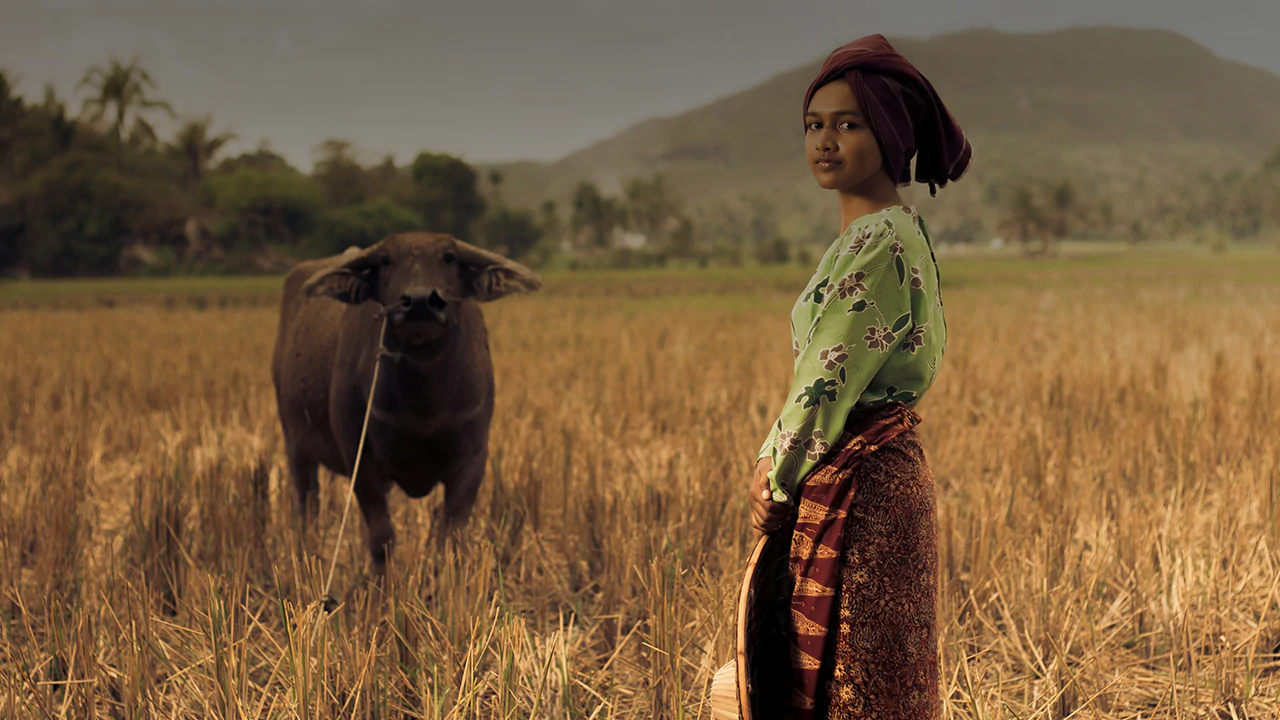
The world is characterized by an endless tapestry of sounds.
From the subtle hums of ambient noise, like the whispering wind, clinking dishes, or the rhythmic crash of waves, to the distinct crackle of fire and the soft click of keys. This pervasive auditory environment imbues every moment with emotion and realism, turning simple visuals into deeply lived-in scenes.
Historically, this seamless blend of sight and sound, which is effortless for humans, presented an intricate puzzle for machines. Most early AI video tools defaulted to silence, requiring creators to manually add audio later, because the AI lacked the ability to generate sound that matched the visual context, rhythm, and mood.
This challenge was fundamentally addressed when Google launched Veo 3.
With this model, Google moved past the silent video era by integrating audio generation directly into the video model itself. Veo 3 achieved the groundbreaking capability to natively generate synchronized dialogue, ambient sound, and effects that matched the produced visuals. Google subsequently introduced Veo 3.1, continuing its development in this area.
Now, after giving Veo 3.1 the ability to add and remove objects, and create even more compelling stories, Google is giving yet another powerful update.
And that update is the ability to use several images as a reference to create a video.
We’re back with another update to Veo 3.1:
Rolling out now on mobile and desktop, you can upload multiple reference images alongside your video prompts, to create entirely new worlds and more nuanced videos that are true to your vision.— Google Gemini App (@GeminiApp) November 14, 2025
The addition in question is called the 'Multi-Image Reference Mode,' or often referred to as "Ingredients to Video."
This feature allows creators to supply up to three reference images alongside their text prompt. The primary function of these multiple images is to solve the critical issue of visual drift and inconsistency that has plagued previous video models.
By accepting a small gallery of images, perhaps different angles of a character, several views of a specific product, or various examples of a desired artistic style, Veo 3.1 gains a comprehensive visual blueprint.
This allows the model to maintain unwavering consistency in the appearance of subjects, props, and overall aesthetic across every frame of the generated video. This level of control transforms the process, moving it from a guessing game to a precise act of visual engineering, ensuring that the characters and scenes you design remain perfectly consistent from start to finish.
Further enhancing creative control, Veo 3.1 also offers robust support for defining both the first and last frames of a video segment.
Creators can now generate a smooth, seamless transition between two specific images, providing a level of directed narrative movement and transformation previously unattainable.
Combined with the enriched native audio and the groundbreaking multi-image reference capability, Veo 3.1 signals a new era where AI video tools offer both the emotional depth of synchronized sound and the precise, granular visual control demanded by professional creators.
